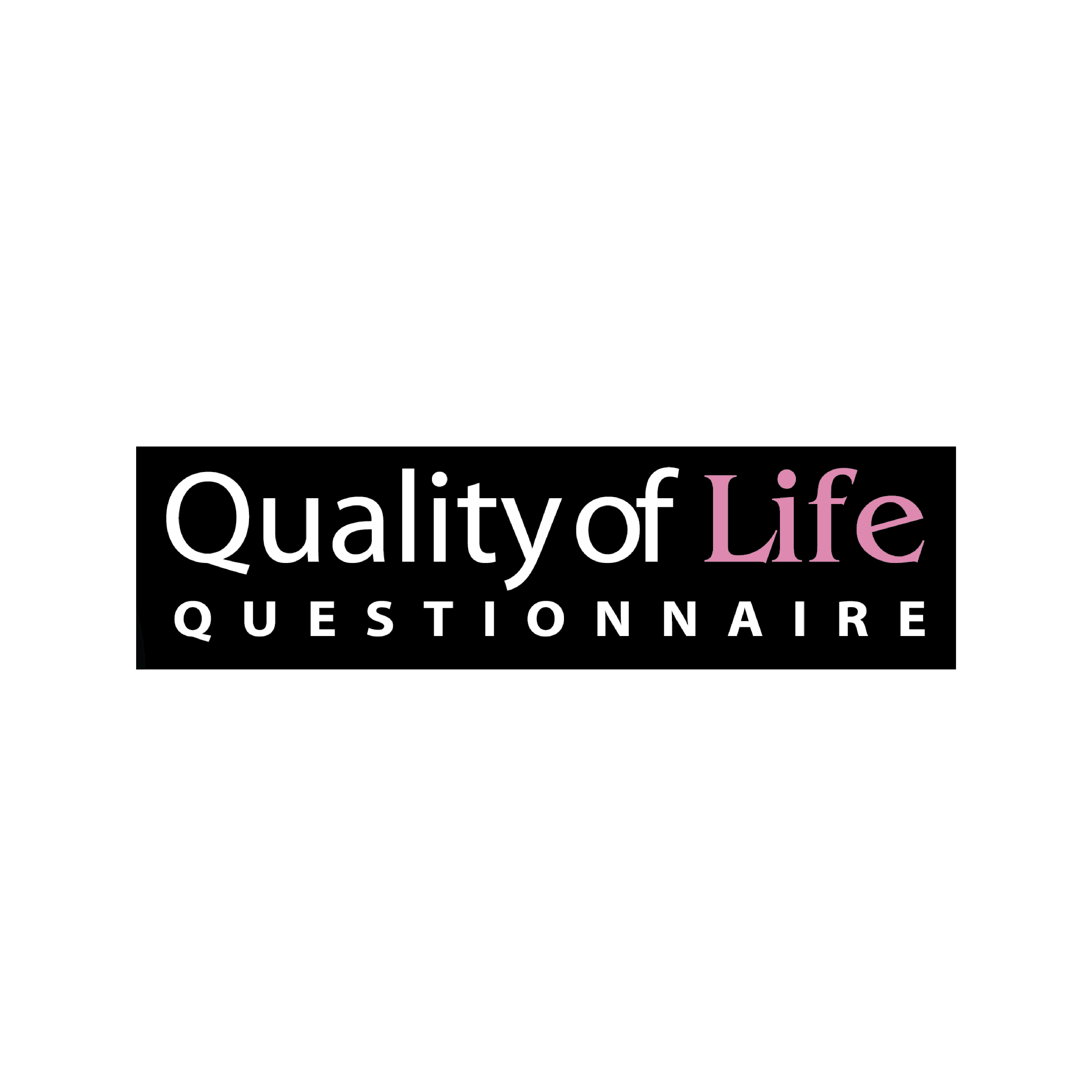
QLQ™
Quality of Life Questionnaire
Filters
A self-report instrument for adults that measures the relationship between an individual's quality of life and other behaviors or afflictions such as physical health, psychological health, and alcohol or substance use. Assessment results highlight areas that may require change in order to alleviate specific symptoms.
Administration Type
- Self
Administration Time
- 30 Minutes
Qualification Level
- B
Format(s)
- Online
- Handscored
- Material Well-Being
- Physical Well-Being
- Personal Growth
- Marital Relations
- Parent-Child Relations
- Extended Family Relations
- Extramarital Relations
- Altruistic Behavior
- Political Behavior
- Job Characteristics
- Occupational Relations
- Job Satisfiers
- Creative-Aesthetic Behavior
- Sports Activity
- Vacation Behavior
Reliability and Validity
Measuring quality of life is of considerable interest to professionals such as psychologists, sociologists, and physicians. Researchers in these fields have devoted a great deal of attention to quality of life, as evidenced by over 600 articles published in the mental health research literature on this topic between the years of 1983 and 1989 when this instrument was published. A detailed review of some major trends in this literature is presented in the QLQ Manual.
In addition to a discussion pertaining to the development of the QLQ, the manual provides information regarding its psychometric properties. Chapters include synopses of studies regarding test-retest reliability, internal consistency, cross-validation, and intercorrelation among the scales and their factor structure. As well, the manual presents the ability of the QLQ to predict and explain various phenomena including mental health, substance abuse, life satisfaction, and stress management strategies for coping with less than perfect situations.
The normative data for the QLQ are based upon the combined responses of two samples of participants who were 18 years of age and older. The first sample consisted of 163 participants (41% male and 59% female). The second sample consisted of 274 participants (40% male and 60% female). Analysis of the data indicated that there were no significant differences across scale scores for the two samples. The combined scale distribution data for each scale and the Total Quality of Life Score are shown in the QLQ Manual. The means and standard deviations, also provided in the manual, were used to construct the linear T-score norms.